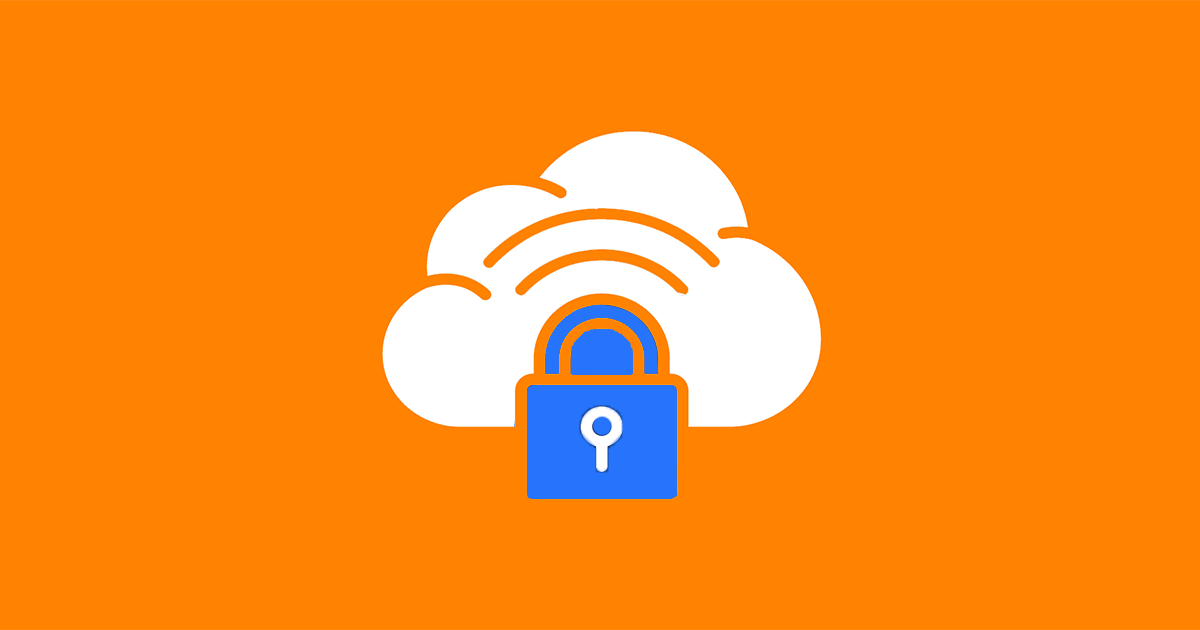
Mobile devices are great but applications run the world.
Let me explain.
Applications running on our mobile devices connect us to social communities, other machines, business systems, and a seemingly endless ecosystem of data, content, processes and games. Without applications, mobile devices wouldn't really reach their full potential.
When it comes to maintaining a reliable and high-performing wireless network: the environment, the devices, the applications and the end-users all have to be properly planned for and addressed.
In this particular blog post we want to talk about how to get the most out of your wifi performance by prioritizing your applications.
1 Why is this important?
Prioritization of applications is important in today's networks because there are so many different applications that can impact your network's performance.
There are two types of applications that exist on your network:
- Business applications (SalesForce, Outlook etc.)
- Recreational applications (YouTube, Facebook etc.)
Because of this and without some semblance of control, you cannot guarantee any level of per application performance that ensures critical processes maintain SLAs (service level agreements). Without it the network at the application layer will be mayhem.
2 What does prioritizing applications mean?
The prioritization of applications refers to the process of giving quality of service (QoS) or bandwidth guarantees to applications that are mission critical.
This process ensures that applications which are crucial to operations are able to maintain high levels of performance regardless of other functions or applications occurring simultaneously on the same network.
For instance, an application like SAP or Salesforce which are critical to business operations could be given priority over other applications like Facebook or Pinterest which are not so critical to the business.
3 What features does your network need in order to do this successfully?
In order to realize optimal application prioritization your network will need to have the following features in order to deliver this successfully:
Application visibility
Having the ability to identify the application by a signature is the first step in realizing application prioritization. If your WLAN or firewall cannot perform this function it leaves you without any means to deliver performance guarantees to the application.
Application visibility is simply the feature that differentiates between the different applications so that you can write rules or processes.
An example of application visibility would be identifying Facetime and Skype as audio/video conferencing applications and being able to apply a rule to Skype favoring it over Facetime because it is a corporate-defined application and as such demands a high level of performance to work optimally.
QoS & prioritization support
The wired and wireless infrastructure will need basic capabilities to identify, tag, hand off and maintain QoS or prioritization of packets or applications across the entire network. If there isn't consistent support across the wireless and wired infrastructure for this process then it fails.
Conclusion
While the types of mission-critical applications will vary from business to business the goal is the same for everyone: delivering a reliable, high-performing wireless experience so your end-users will be happier and more productive.
Wireless networks are more complex than ever, especially when it comes to prioritizing applications. It takes a lot of experience and skill to get the entire system right so choosing the right wireless solutions provider can't be overlooked.






